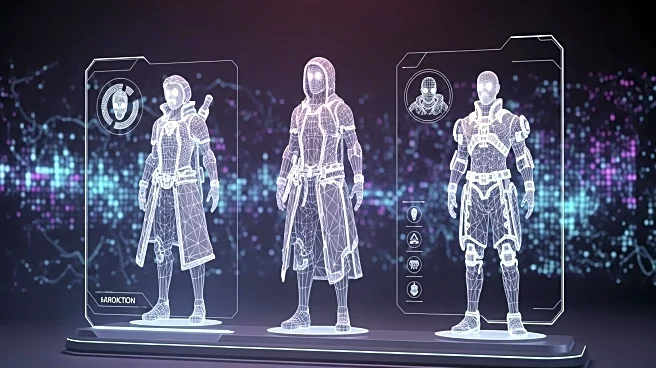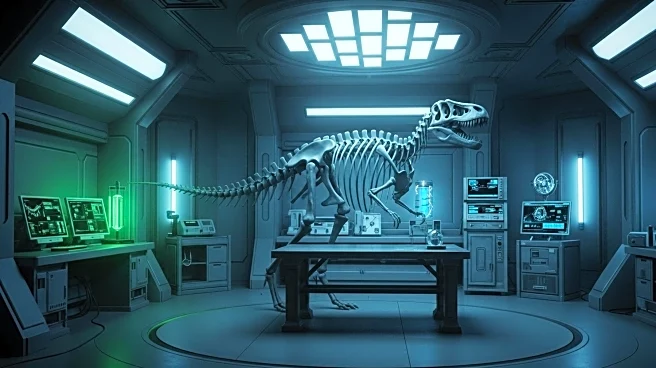What's Happening?
Capcom has made adjustments to its proprietary RE Engine to accommodate a unique feature in its upcoming game, Pragmata. The game, which is set for release in 2026, features a character named Diana with notably long hair. According to producer Naoto Oyama, the RE Engine had to be modified to handle the complexity of rendering Diana's hair, which is composed of individual strands. This adaptation marks a significant development for the engine, which has been used in Capcom's games since Resident Evil 7 in 2017. The RE Engine team collaborated to ensure the engine could support this visual feature, highlighting the flexibility and adaptability of the technology.
Why It's Important?
The modification of the RE Engine for Pragmata underscores Capcom's commitment to innovation and visual fidelity in gaming. By enhancing the engine to support complex hair rendering, Capcom is pushing the boundaries of what is visually possible in video games. This development could influence future game designs, allowing for more detailed and realistic character models. It also demonstrates the importance of proprietary technology in maintaining competitive advantage in the gaming industry. As Capcom continues to refine its engine, other developers may be inspired to invest in similar technological advancements, potentially leading to broader industry shifts in game design and development.
What's Next?
Pragmata is scheduled for release in 2026, although an exact date has not been confirmed. As the game approaches its launch, Capcom may reveal more about the technical innovations and gameplay features that Pragmata will offer. The gaming community is likely to keep a close watch on these developments, especially given the game's initial announcement in 2020 and subsequent delays. Capcom's ongoing enhancements to the RE Engine may also lead to new features in future games, potentially setting a precedent for other developers to follow.
Beyond the Headlines
The adaptation of the RE Engine for Pragmata's hair rendering could have broader implications for character design in video games. As technology advances, developers may explore more intricate and lifelike character features, enhancing player immersion and storytelling. This focus on visual detail may also raise ethical considerations regarding the portrayal of characters and realism in virtual environments. Additionally, the collaboration between Capcom's development teams highlights the importance of interdisciplinary teamwork in achieving technological breakthroughs.











